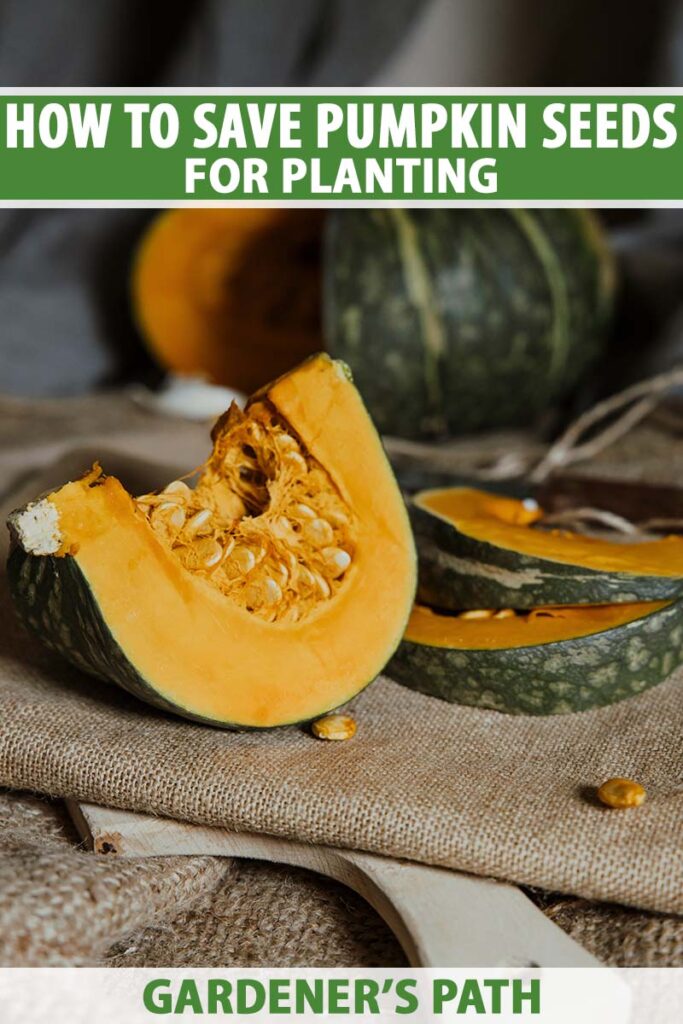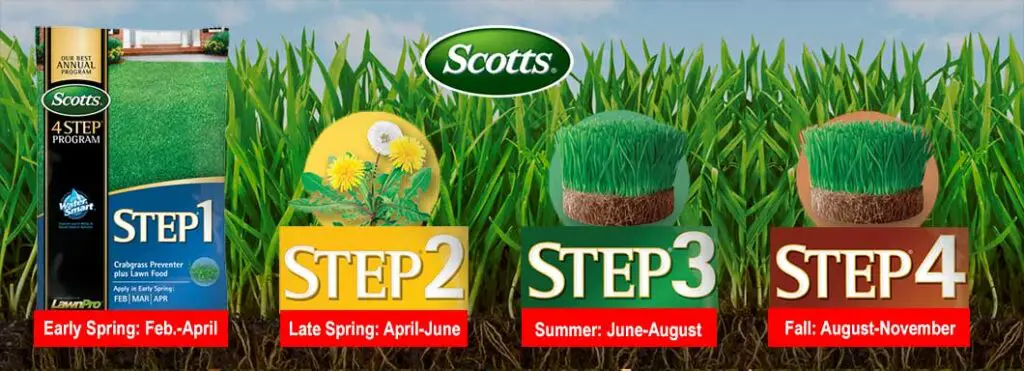Squash seeds come from the fruit or the ovary of the squash plant. Squash seeds are an interesting part of squash plants.
These plants, which come in different varieties, including zucchinis, pumpkins and butternuts, produce fruit that can be consumed or used for various purposes. However, one unique thing about squash plants is the seeds that they produce. Squash seeds are small, hard seeds found inside the fruit of the squash plant.
They are typically flat and oval-shaped, and their color varies depending on the variety of squash plant. Squash seeds can be consumed raw or roasted, and they are known for their high nutritional value. In this article, we will explore the different types of squash plants and how they produce seeds.

Credit: www.ufseeds.com
Anatomy Of A Squash Plant
Squash is a commonly grown plant in home gardens for both its delicious fruit and beautiful green foliage. One interesting aspect of squash plants is their anatomy, particularly the parts responsible for producing the seeds inside the fruit. In this section, we will discuss the various parts of a squash plant and how they contribute to seed production.
Overview Of The Different Parts Of A Squash Plant
The squash plant is made up of several parts, each playing a crucial role in the growth and development of the fruit. Below are the essential parts of a squash plant:
- Roots: The roots anchor the plant in the soil and absorb water and nutrients from the ground.
- Stem: The stem supports the plant and transports water and nutrients from the roots to the leaves and fruit.
- Leaves: The leaves produce food for the plant through photosynthesis.
- Flowers: Squash plants produce both male and female flowers, which are necessary for pollination and fruit development.
- Fruit: The fruit is the final product of the plant, where the seeds are found.
Description Of The Flowers And Fruit Development Process
Flower development plays a crucial role in ensuring seed production in squash plants. Here is an overview of the growth process of squash flowers and fruits:
- Male flowers: Squash plants produce male flowers first, which contain the pollen necessary for fertilizing female flowers.
- Female flowers: These flowers contain the ovaries that eventually become the fruit. They require pollination from the male flowers to develop properly.
Pollination can happen either through natural means like wind or by manual pollination. Once the female flowers are pollinated, the ovaries start to develop into the fruit. As the fruit grows, the seeds inside begin to mature.
Understanding the anatomy of a squash plant is essential in ensuring successful seed production. Squash plants’ various parts each play a crucial role in developing the fruit and contributing to the plant’s overall health.
Reproduction In Squash Plants
Squash plants are familiar vegetables and come in a variety of types, including zucchini, butternut, and spaghetti squash. These plants have intricate reproductive mechanisms that promote efficient pollination and ensure the growth of the plant, including the formation of the squash seeds.
In this section, we’ll explore the process of reproductive in squash plants, and the importance of pollination in producing squash seeds.
Explanation Of How Squash Plants Reproduce
Squash plants, like many other plants, have both male and female flowers. The female squash flowers contain a structure called the pistil, which includes the ovules. The male squash flowers contain the stamen, which produces pollen. The male flowers’ pollen is transferred by insects, wind, or humans to the female flowers’ pistil.
The transfer of pollen leads to fertilization of the egg cell inside the ovule, resulting in the formation of the squash fruit and seeds.
Discussion Of The Importance Of Pollination
Pollination is a crucial process in the production of squash plants because it enables the fertilization and development of new seeds. Squash plants rely on bees and other insects to pollinate their flowers, which helps to promote genetic diversity and ensures the survival of the species.
Without pollination, squash plants would not produce fruit, leading to a lack of seeds for future crops.
Here are the key points to note about the importance of pollination:
- Pollination enables the fertilization of the ovules inside the squash’s female flowers.
- Pollination requires the transfer of pollen from the male squash flowers to the female squash flowers.
- Squash plants depend on bees and other insects to pollinate their flowers as they move from flower to flower.
- Pollination promotes genetic diversity, which is vital for the survival of the species.
- Without pollination, there would be a lack of fruit and seeds for future crops.
The reproductive process in squash plants is complex and requires pollen transfer from male flowers to female flowers for the ovules to be fertilized and grow into squash fruit and seeds. The importance of pollination in squash plants cannot be overstated, as it promotes genetic diversity and ensures the survival of the species.
Understanding the reproductive process in squash plants is essential for growers who want to improve crop yields and quality.
Seed Formation In Squash Plants
Overview Of The Seed Formation Process In Squash Plants
Squash plants pass through several stages before seed formation, starting from the pollination to the maturation of seeds. The process involves intricate developments and stages that are essential for the eventual formation of seeds. Here’s a quick overview of how squash seeds form:
Description Of How The Seeds Develop Within The Plant
As the plant grows, the ovules – the female part of the flower, gradually develop into seeds. This complex process occurs in several steps:
- Pollination: The transfer of pollen between the male and female parts of the flower is the first stage. Squash plants are monoecious, which means that they have a separate male and female flower on the same plant. Pollinators, like bees, help in transferring pollen from the male to the female flower.
- Fertilization: Once the pollen grains land on the stigma, they travel through the female reproductive system to reach the ovule to fertilize the egg cell. This fertilization process ultimately leads to the formation of a zygote, the first cell of the seed.
- Embryo development: The fertilized ovules develop into embryos, which grow and divide over time to form all the necessary parts of a new plant. This embryo development is a critical phase for seed production as it forms the foundation of the seeds.
- Seed maturation: With time, the embryo continues to develop within the seed, bringing about changes in it. The seed coat forms to protect the embryo, and the endosperm forms to provide necessary nutrients for its growth and development.
Bees and other pollinators play a fundamental role in the success of the squash plant’s seed formation. Understanding the process and stages involved in seed development in squash plants is critical for gardeners to cultivate and produce healthy squash harvests.
Harvesting And Saving Squash Seeds
What Part Of The Plant Makes The Squash Seeds
Squash is a type of vegetable that belongs to the cucurbitaceae family. It comes in various shapes, including round, oval, and elongated. The squash plant is native to the americas, and it produces a beautiful, vibrant yellow flower that eventually yields delicious, nutritious fruits.
When you harvest squash, you will notice that it has dozens of seeds. Many people wonder, what part of the plant makes the squash seeds? Let’s dive deeper into this topic and look at the best practices for harvesting and saving squash seeds.
Tips For Harvesting Squash Seeds
To harvest squash seeds, you need to start by selecting the ripest squash. Look for squash that has a fully developed rind and is free of cracks or blemishes. Once you have picked your squash, follow these tips for harvesting the seeds:
- Cut the squash in half, and remove the seeds using a spoon.
- Separate the seeds from the pulp by rinsing them in a bowl of cold water.
- Spread the seeds out on a paper towel or clean cloth, and let them dry out completely for at least two weeks.
By following these tips, you will get the best seeds to save and plant your next crop of squash.
Explanation Of Best Practices For Saving And Storing Squash Seeds
Saving and storing squash seeds is easy, but you need to follow a few best practices to ensure their viability. Here is what you should do:
- Before storing the seeds, make sure they are completely dry and free from any residue or debris.
- Store the seeds in a cool, dry place, like a glass jar with an airtight lid.
- Label each jar with the date and type of squash the seeds came from, and store them in a dark place, like a cupboard.
- Check the seeds every few weeks for any signs of mold or moisture, and remove any compromised seeds as soon as possible.
By following these best practices, you can stockpile healthy, robust squash seeds for years to come.
Understanding what part of the plant makes the squash seeds is crucial for successful harvesting and storage. By following these easy tips and best practices, you can gather the best seeds and store them with care for planting and future crops.
Happy growing!
Frequently Asked Questions Of What Part Of The Plant Makes The Squash Seeds
What Part Of The Plant Produces Squash Seeds?
Squash seeds are produced in the female flower of the squash plant. The plant produces both male and female flowers, but only the female flowers develop into squashes and produce seeds.
Are Squash Seeds Edible?
Yes, squash seeds are edible and can be roasted, salted, and eaten as a snack. They are packed with nutrients such as healthy fats, protein, fiber, vitamins, and minerals.
How Do You Harvest Squash Seeds?
To harvest squash seeds, allow the squash to mature and ripen on the vine until the skin is hard and the stem starts to dry. Cut the squash open and remove the seeds. Rinse them in water to remove any pulp, then lay them out to dry.
Can You Grow Squash From Store-Bought Seeds?
Yes, you can grow squash from store-bought seeds. It’s important to choose seeds that are labeled for the specific type of squash you want to grow, and to follow the instructions on the seed package for best results.
How Long Do Squash Seeds Last?
When stored properly, squash seeds can last for up to 5 years. It’s best to store them in an airtight container in a cool, dry place such as a pantry or refrigerator. Proper storage can help ensure high germination rates when planting.
What Are The Health Benefits Of Squash Seeds?
Squash seeds offer a variety of health benefits such as reducing inflammation, supporting healthy digestion, promoting heart health, and boosting the immune system. They are also a good source of plant-based protein and healthy fats.
Conclusion
After careful research and analysis, we have discovered that squash seeds originate from the ovules, the female reproductive structures, of the squash plant. These ovules develop into seeds through the process of fertilization, which occurs when pollen from the male flower reaches the ovary of the female flower.
It is fascinating to note that squash seeds are not only edible and nutritious, but they also have a rich history of medicinal and cultural significance. From preventing diabetes to being used as a symbol of fertility and abundance in various cultures, the squash seed proves to be more than just a common food ingredient.
As we continue to explore the diverse uses and benefits of plants, it is essential to appreciate the intricate processes and mechanisms that allow them to flourish and provide for our well-being.




